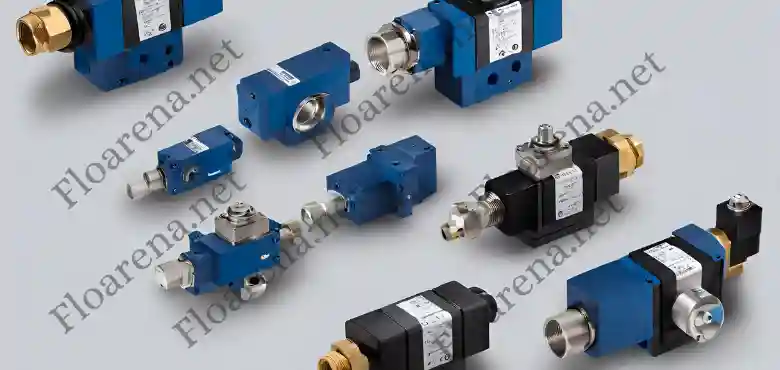Solenoid valves are widely used in many industries because they effectively control the flow of gases and liquids. Solenoid valves are typically thought of as applications involving modest pressures, but can they be used successfully in high-pressure settings as well?
This article will explore the capabilities, considerations, and challenges of using solenoid valves in high-pressure applications.
Understanding Solenoid Valves
Electromechanical devices known as solenoid valves regulate the flow of gases or liquids by opening or closing a valve in response to an electrical signal. These valves control fluid flow in a system by using a coil, plunger, and valve assembly.
Solenoid valves, which you can buy in PCI Pro, are widely utilized in several industries because of their cost-effectiveness, small design, and rapid reaction times.
Solenoid Valves and Pressure Ratings
The pressure rating of solenoid valves is one of the most important factors to consider when considering using them in high-pressure applications. Typically, applications with moderate pressure levels up to 150 PSI (pounds per square inch) are the focus of standard solenoid valve design.
However, because of developments in materials science and technology, high-pressure solenoid valves that can withstand pressures well above conventional limitations have been created.
Brass or stainless steel are strong materials used to construct specialized solenoid valves designed for high-pressure applications to survive the extreme pressures the pressurized fluids apply. These valves frequently have precise engineering, robust diaphragms, and reinforced seals to ensure dependable functioning in challenging circumstances.
Considerations for High-Pressure Applications
1. Material Selection
When utilizing solenoid valves in high-pressure settings, material selection is essential. Due to their longevity and resistance to corrosion, stainless steel and brass are frequently chosen materials. To avoid chemical reactions or erosion, the type of fluid being handled must also be considered while choosing the materials.
2. Seal Integrity
In high-pressure applications, keeping a tight seal is essential to preventing leaks and guaranteeing the valve operates well. Strong seals that can resist the forces applied by the pressured fluids without sacrificing integrity are a feature of high-pressure solenoid valves.
3. Valve Design
A solenoid valve’s viability for high-pressure applications largely depends on its design. Compacted valves have reinforced components, and a durable structure is ideal for managing the difficulties presented by high pressures.
4. Response Time
Even though solenoid valves have a reputation for having fast response times, it’s crucial to ensure they can still function effectively at high pressures without slowing down. In crucial processes, delays in valve response may result in inefficiency or safety issues.
Challenges and Limitations
Solenoid valves have limitations in particularly high-pressure applications, notwithstanding their versatility. The force needed to open the valve under high pressure may result in higher power usage and heat production. In addition, in high-pressure settings, component wear and tear may increase, requiring routine maintenance and observation.
Unleashing the Potential of Solenoid Valves in High-Pressure Frontiers
From limited to low to moderate-pressure applications, solenoid valves have developed into dependable parts used in high-pressure industrial environments. Manufacturers have overcome the difficulties posed by high pressure by developing materials, designs, and engineering innovations, allowing solenoid valves to be a practical choice for various applications.
The efficiency of solenoid valves in high-pressure settings depends on the precise evaluation of several elements, including reaction time, material choice, seal integrity, and valve design. In systems where high pressures are persistent, solenoid valves can play a critical role in improving control, efficiency, and safety when properly selected and maintained.
The capabilities of solenoid valves in high-pressure settings will probably grow as technology develops, opening the door for more widespread use of these valves in various industrial settings.






